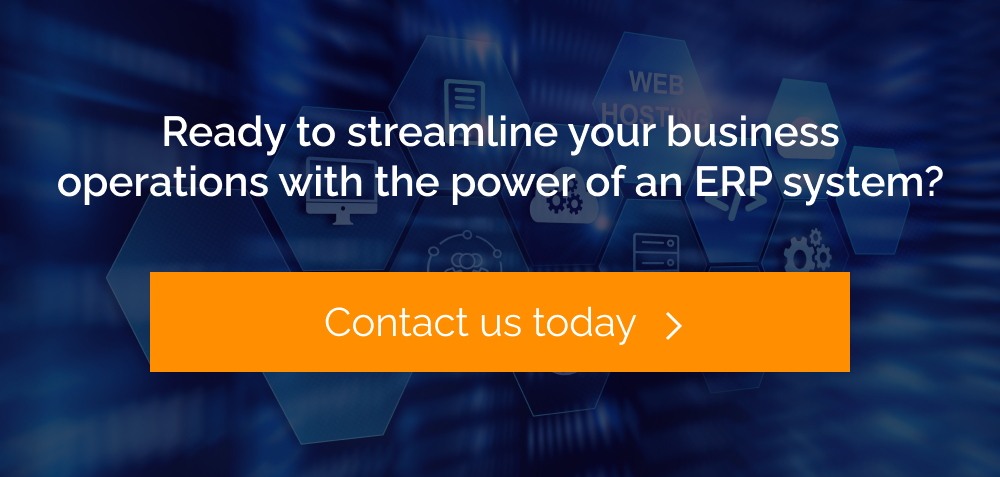The 5 Elements to Take Into Account When Evaluating ERP Systems
Just a few short years ago, identifying functional business requirements, reporting and dashboard needs, and data elements were crucial for any company looking for a new ERP System. As SaaS became more widely available, companies moved to the cloud vs. on-prem software. Initially, the move to the cloud was based on cost savings and a limited pool of IT resources to support on-prem hardware and software. Now more technology changes have made the following capabilities a must to be part of the software solutions review:
1. Artificial Intelligence

The recent maturation and enhancements of AI in the workplace can help your business achieve some of the following:
- Clean and accurate data, which is a requirement if you want to leverage predictive analytics.
- Linkages to 3rd party data that can identify issues that could impact the supply chain (ie: weather).
- Machine learning.
- Automation of repetitive tasks, driving increased efficiency among employees.
- Improved effectiveness of employees due to the ability to request information and insights from within the ERP system.
Artificial intelligence is more than just cost savings, it is key to advancing above and beyond your competition. Don’t be afraid to leverage firms that have the knowledge and experience to achieve success.
2. Mobile Connectivity
- This allows for convenient access wherever you are through on-the-go responsiveness for functional areas like finance, purchasing, and sales management.
The hybrid work model requires the ability to operate anywhere and at any time. Most senior executives expect to be able to conduct business while traveling, so having this capability is pivotal.
3. Workflow
- This is essential in automating and streamlining business processes within and across applications.
ERP systems are the backbone of most organizations, but rarely are they the only applications that support business processes. Workflow reduces user time and costs.
4. Integrations
- APIs that exist with other software required to support the business could be apparent and integrations help to bring these together.
There are software solutions that enable the integrations between applications, so why not use them? Leverage existing applications from companies like Celigo to help avoid development costs and ongoing maintenance.
5. Digital Adoption

Digital adoption is crucial for:
- Institutionalizing change.
- Identifying data errors before inaccurate data is entered.
- Improving application usage.
Digital adoption platforms like WalkMe will significantly reduce time and money when implementing change (software and/or business process change). These platforms enable work instructions to be built into the application flow to reduce training costs and constant scrubbing of the data.
All in all, an ERP system must not only be current with your existing business requirements, but the software provider must have the vision, knowledge, and funding available to incorporate technological changes to support future business, workplace and market shifts.

